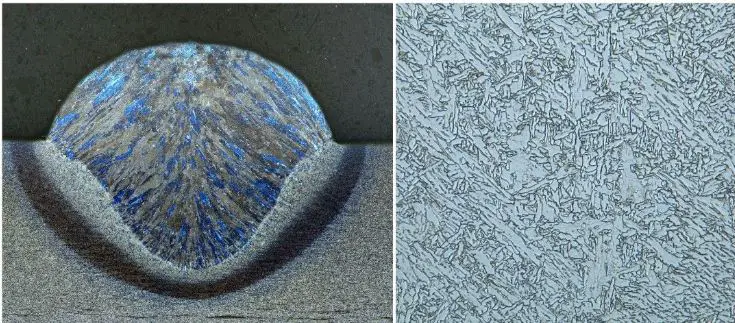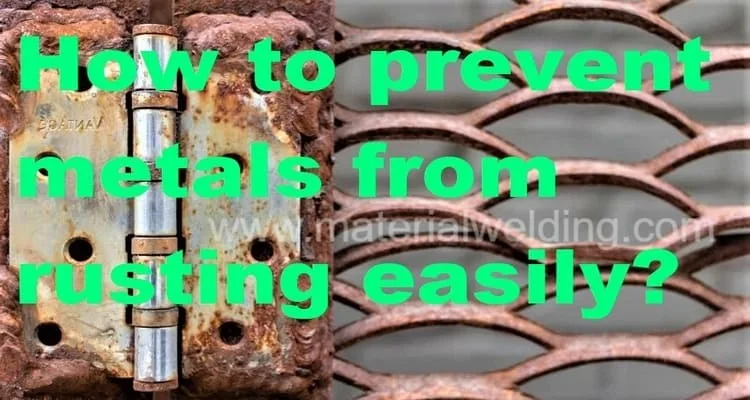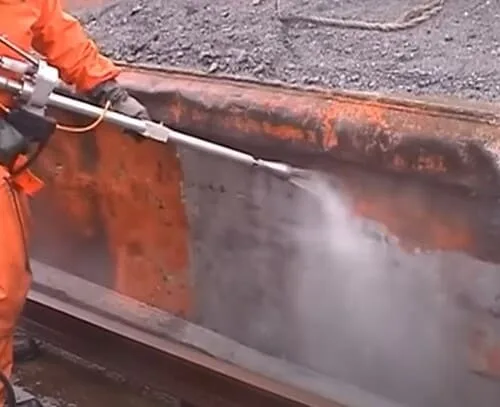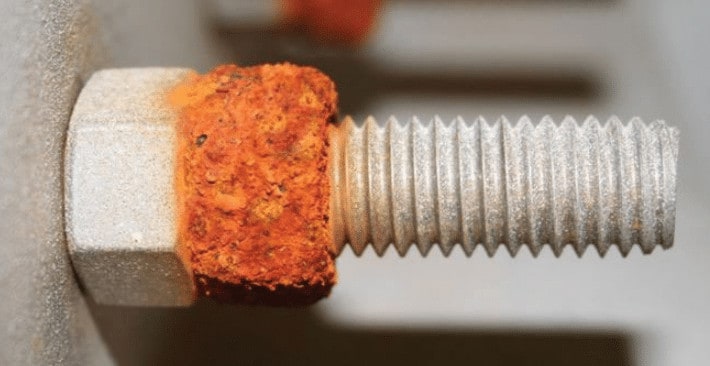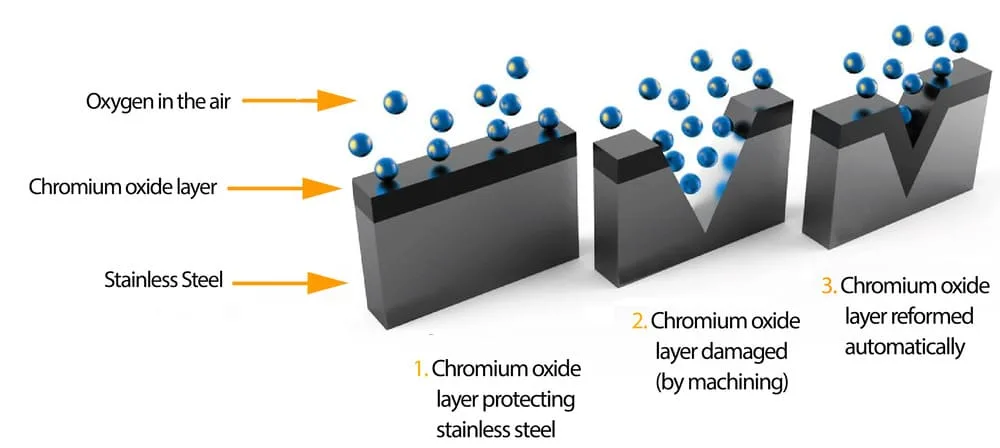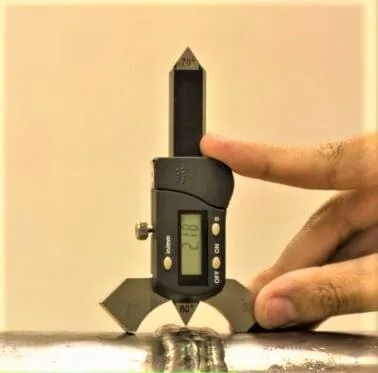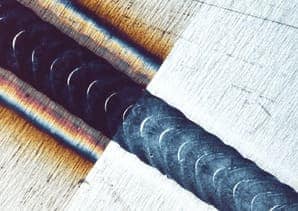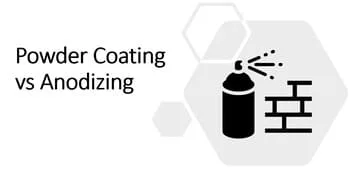What is Acid Metal Etching Process?
Metal etching is a technique used to create intricate designs on metal surfaces. Etching involves the use of chemical or electrochemical methods to create intricate designs and patterns on metal surfaces that can be seen with the naked eye.
The metal etching process starts with the preparation of the surface by cleaning it thoroughly.
The process is followed by applying an acid-resistant material called a “resist” to the metal surface. The resist acts as a barrier between the areas that will be etched away and those that will stay untouched.
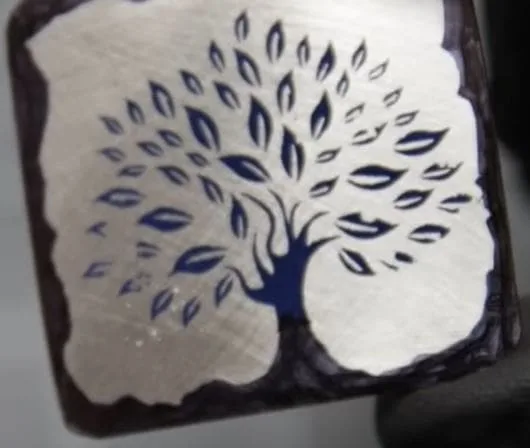
Once set up, an etchant such as hydrofluoric acid is applied to corrode away at exposed portions of the metal, producing either shallow lines or deeper grooves depending on how thickly it’s applied.
Acids for Metal Etching
Etching metal can provide a unique and stylish look to any piece of jewelry or decoration. Many people use acids to etch their metals as they are readily available and relatively safe to handle if safety precautions are followed.
However, there are a variety of different types of acids that can be used for etching different metals. Knowing which one should be used is key in achieving the desired effect.
Note: Follow all safety guidelines & use the PPE’S.
Below are the main acids for metal etching you can try:
- ✨ Nitric acid -HNO3✨: Can be used on most of metals. Dilute with water in the ratio of 1:1 or 1:3. Can also be mixed with acetic acid in 1:1.
- ✨ Copper sulfate ✨: Good for carbon steel or other metal ferrous metals.
- ✨Sulfuric acid-H2SO4✨: Can be used with most of metal. dilute with water before use.
- ✨Ferric chloride-FeCl3 ✨: Use for copper, copper alloys, brass, stainless steel & Nickel alloys.
Acids for metal etching have been around for centuries and are still widely used today. They are a vital part of many manufacturing processes, from circuit boards to jewelry making. Acids help create intricate patterns on metal surfaces that would otherwise be impossible to obtain with traditional tools.
The most common acid used for etching is hydrochloric acid, which is often combined with other acids like nitric and sulfuric acid in order to create a more powerful solution.
This combination is referred to as aqua regia and can be used on both ferrous and non-ferrous metals such as aluminum, brass, bronze, iron, steel and titanium.
The mixture creates an exothermic reaction which helps soften the metal surface before the etching process begins. The result is a detailed design or pattern etched onto the metal surface at a microscopic level without causing any damage or corrosion.
Steps of Acid Etching on Metals
If you’re looking to acid etch metals for your project, it’s important to understand the steps involved in the process.
The first step is preparing your materials. This includes cleaning the metal with an appropriate solvent so that dirt, oils and other impurities don’t interfere with the etching process.
Once clean, apply an adhesive masking material onto parts of the metal you don’t want etched away; this will protect them from being affected by the acids during later stages.
Detailed steps for Acid etching on metals are :
- Choose the metal for etching and accordingly choose the acid for etching.
- Preclean the surface. Make sure it is free from rust, dust, oil, paint, grease or any other surface contamination.
- Apply the resist layer on area that is not to be etched. Cover the edges, corner or other intrinsic areas.
- Create your design on the metal.
- Apply the etching acid. Make sure to use the PPE and use a well-ventilated area.
- Apply timer. Generally, 10 minutes are sufficient for most surface deep etching.
- Clean the surface with water and dry throughly.
- Remove the resist layer.
